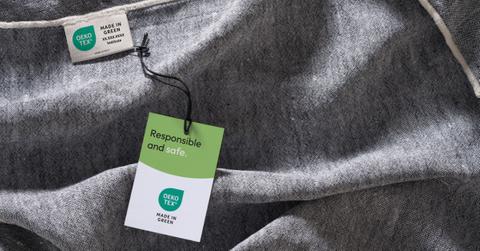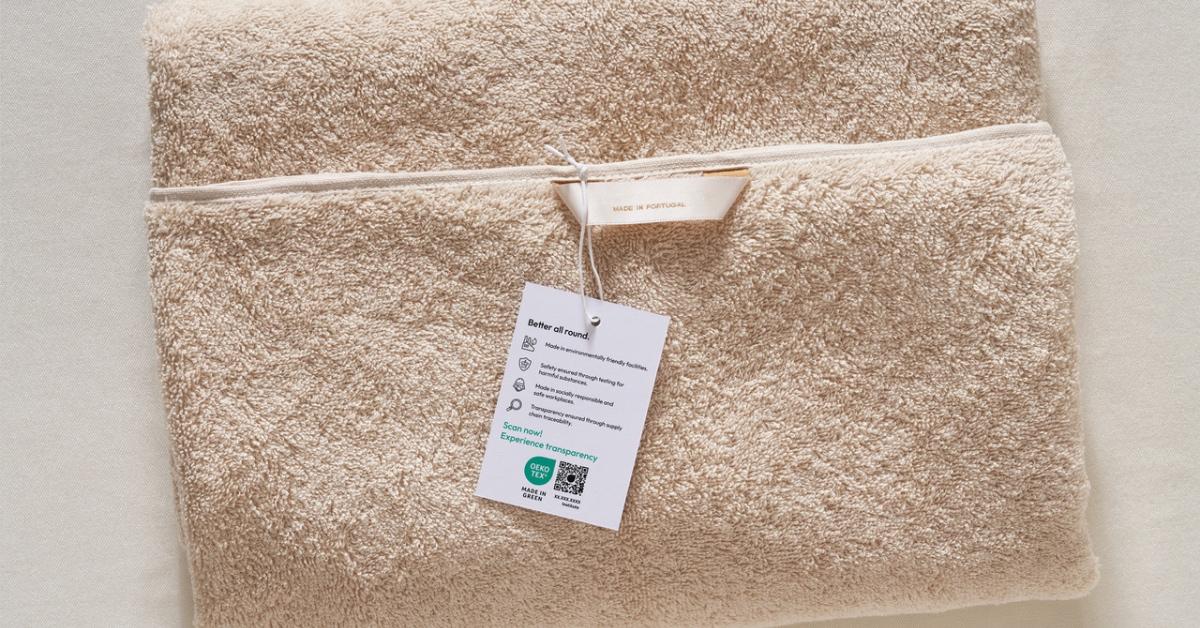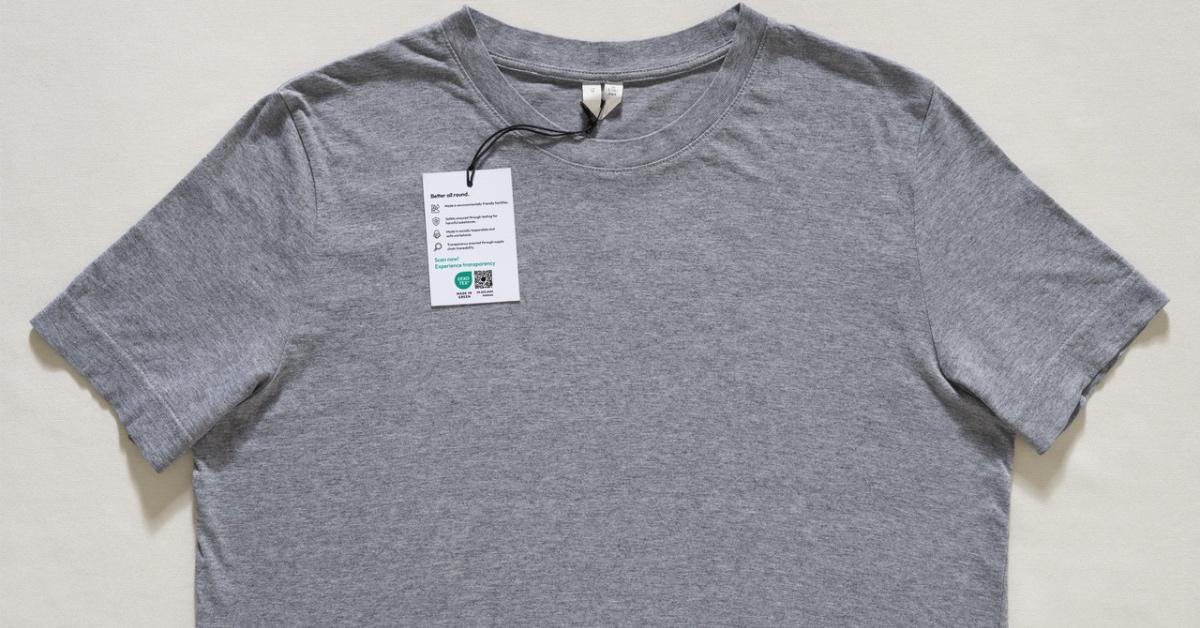How This Sustainable Textile Certification Can Help You Shop (Exclusive)
"That's really the job of the third party certifications, to make it quick and easy and reliable for a consumer to make a decision."
Published Feb. 12 2025, 10:39 a.m. ET

Let's face it: when prices are rising and fast fashion is sweeping every sector (including furniture and other home goods), it's hard to know where to turn. Companies are getting away with greenwashing and adding PFAS to just about everything, so how do consumers know which products to trust?
If you've ever spotted an OEKO-TEX label on your clothing, sheets, comforters, or other products, you may already be aware of the certification's consumer benefits. If not, we're here to demystify what the certification means, why it's important, and how shoppers can feel comfortable knowing their products are vetted by scientific testing.
Green Matters spoke exclusively with Hohenstein Americas Managing Director Ben Mead to explore OEKO-TEX and the certification.

What is OEKO-TEX Standard 100 certification? In layman's terms:
The OEKO-TEX Association provides "testing, certifications, labels and tools," per its website, that help consumers and companies choose products safe for themselves, textile workers, and the planet.
Essentially, any product with an OEKO-TEX label has been tested for harmful chemicals or hazards. The primary label is the OEKO-TEX Standard 100 label.
Mead explains, "The main goal is to make sure that if a product has the label on it, it's been vetted, to make sure that every component, every material that's going into it has been tested at some point along the way and is going to meet these chemical requirements."

So how does this certification keep consumers safe?
The researchers with OEKO-TEX have a thorough testing process to try and anticipate which chemicals might be going into a product based on the materials used.
Mead explains, "In the Standard 100, there's more than 1,000 chemicals that are restricted. The challenge then is figuring out what's likely to end up in a product because testing for all of those is really expensive."
"Of those lists of chemicals, what's likely or possible to be used helps us to narrow down that testing, to keep it into a good balance between the cost of doing the testing so that a company is willing to invest in it, so that they can communicate to the consumer," he adds.
If consumers purchase a product that has an OEKO-TEX label, they have easy access to verifying the authenticity of that label.
So maybe you've purchased a product with an OEKO-TEX label, but you don't understand how the label alone verifies supply chain transparency and chemical testing.
If a product is OEKO-TEX certified, regardless of whether you're shopping online or in person, the item will have a specific certificate number. Consumers can use a QR code to immediately access information about the product, or they can use the Buying Guide function of the OEKO-TEX website.
OEKO-TEX has different certifications for different needs.
As previously mentioned, there isn't one kind of OEKO-TEX certification. Certifications like the OEKO-TEX Made in Green label are designed to test for chemicals in your products and reveal supply chain transparency about material sourcing, worker treatment, and sustainability.
The STeP label, for example, is a certification that applies to production facilities to ensure its products are socially responsible and environmentally friendly.
OEKO-TEX isn't the only ethical textile label.
OEKO-TEX isn't the only ethical textile label on the market. While other textile labels aren't 1:1 comparable to OEKO-TEX, they can still help consumers determine which products are right for them. These labels will also let you know which of your products are sustainable, free of harmful chemicals, and pay fair wages to workers.
These labels include:
- Bluesign — certification indicates "the safe use of textiles and related products by removing hazardous chemicals before they enter the supply chain," per the Bluesign website.
- Cradle to Cradle Standard —assesses the "safety, circularity and responsibility of materials and products" across 5 categories, including social fairness, material health, water and soil stewardship, product circularity, clean air and climate protection, and material health.
- The Global Organic Textile Standard (GOTS) — certifies that final products meet organic textile standards.